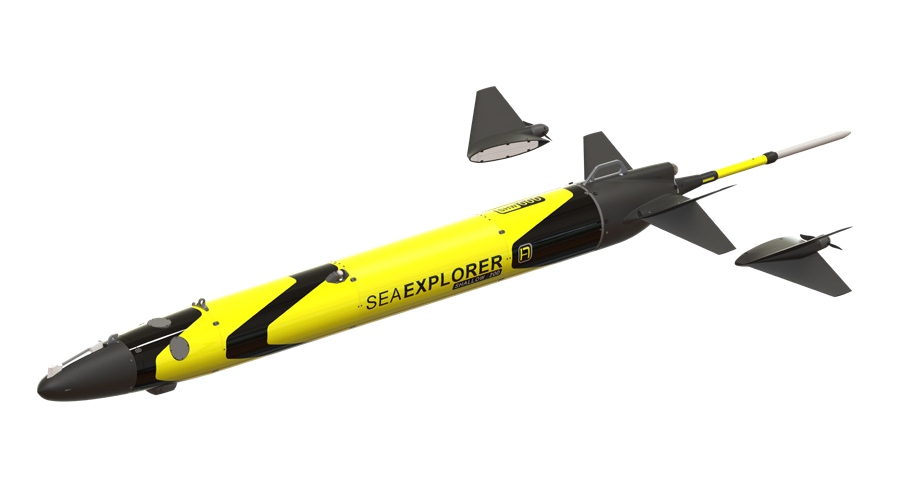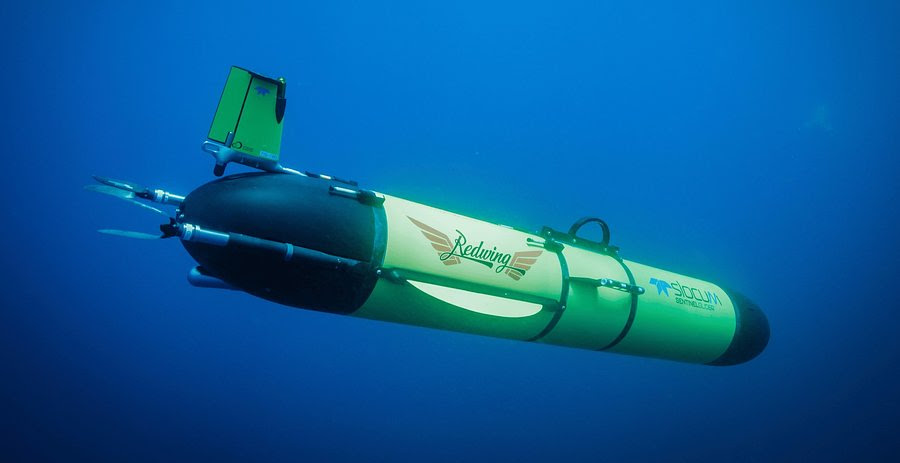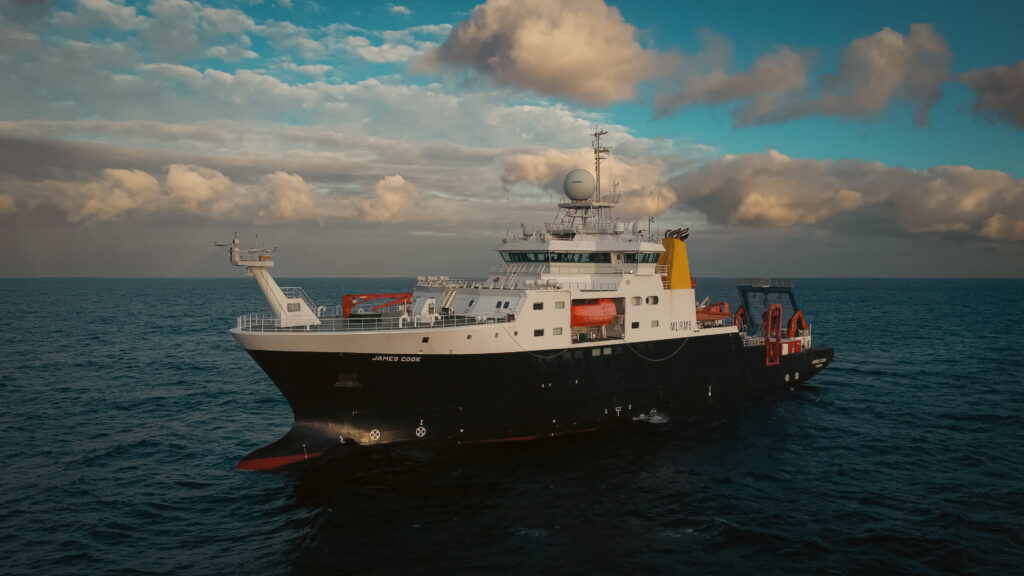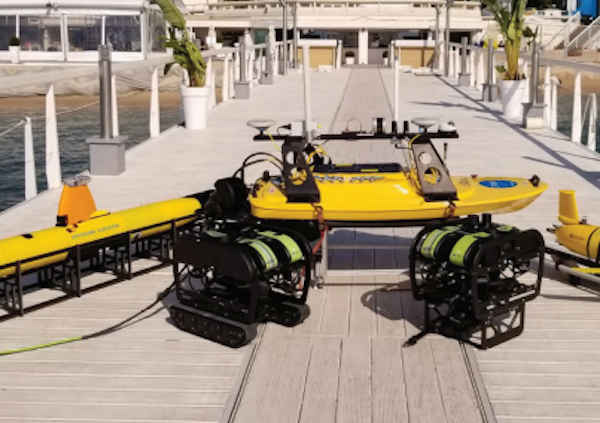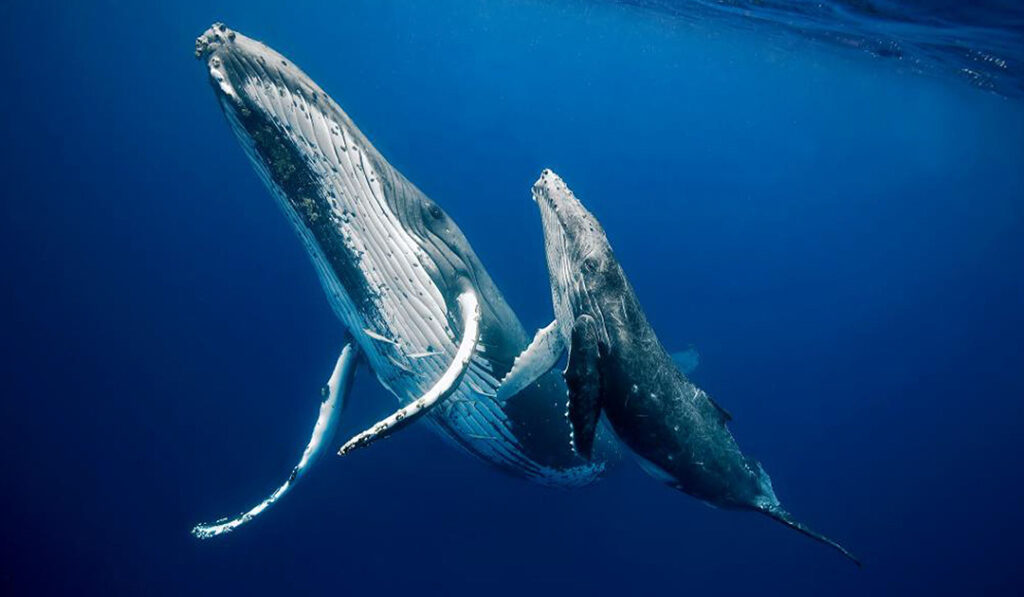Suppliers
Add your company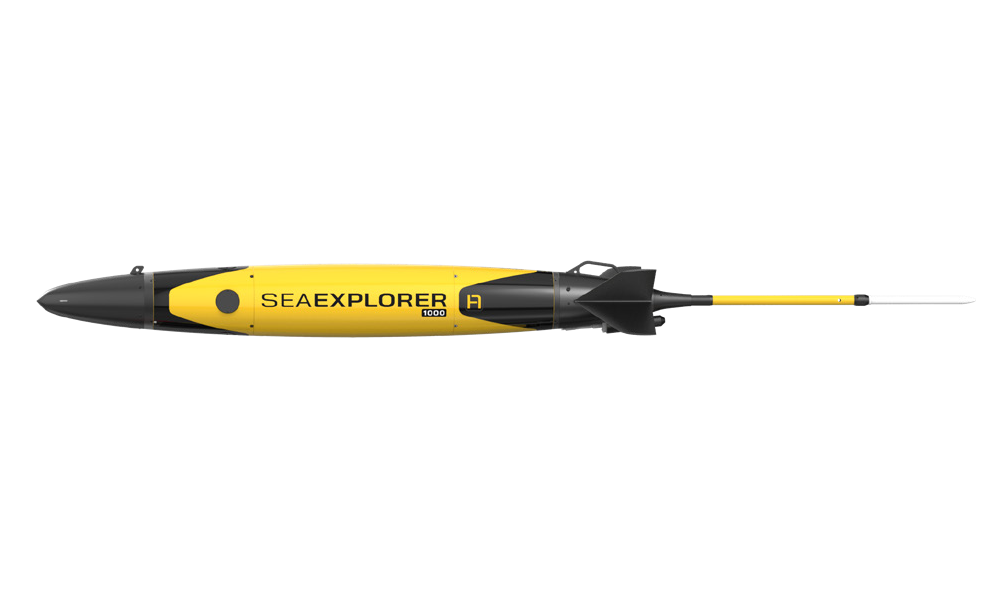
High-Tech Autonomous Underwater Gliders, Subsea Buoyancy Modules, and Oceanographic Survey Services
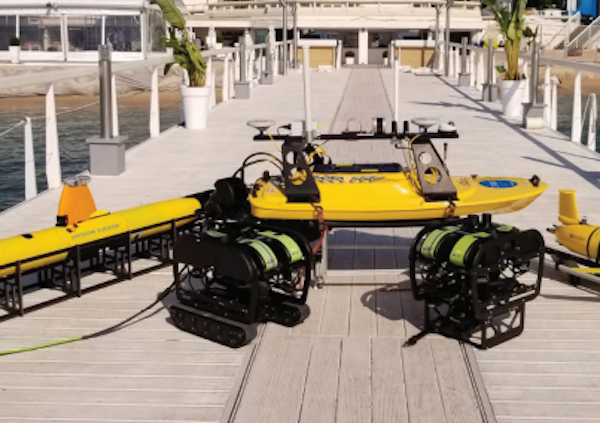
High-Performance Instruments, Sensors & Technologies for Exploring & Monitoring Subsea Environments
If you design, build or supply Underwater Gliders, create a profile to showcase your capabilities on this page
Products
Underwater Gliders for Oceanographic and Defense Applications
Underwater gliders are buoyancy-driven AUVs that provide long-duration, energy-efficient ocean data collection. Equipped with sophisticated sensor suites and telemetry systems, these platforms support a wide range of missions, including environmental monitoring, infrastructure inspection, and maritime intelligence. Their modular architecture enables the integration of specialized payloads such as hydrophone arrays, battery packs, and energy harvesting modules, making them highly adaptable to scientific and military operations.
How Underwater Gliders Work
Underwater gliders navigate the ocean using a unique method that involves altering their buoyancy via internal mechanisms such as a buoyancy engine or piston. This buoyancy shift causes the glider to ascend or descend through the water column. Wings and rudders convert the vertical movement into horizontal glide paths, resulting in a sawtooth trajectory ideal for gathering spatially diverse data.
Energy consumption is minimal due to the absence of continuous propulsion. Most gliders are powered by lithium-ion battery systems, with some designs integrating solar panels or energy harvesting modules to extend endurance further. Control surfaces like rudders and onboard computers manage stability and heading, while inertial navigation systems (INS) and acoustic modems provide precise navigation and communication capabilities.
Scientific and Environmental Applications
Oceanographic institutions widely use underwater gliders for environmental monitoring, research, and seabed mapping. They are deployed to collect data on ocean temperature, salinity, currents, and biogeochemical properties across vast areas. The ability to operate autonomously for weeks or months makes them ideal for tracking seasonal and long-term changes in marine ecosystems.
Scientific payloads may include hydrophone arrays, sensor suites for dissolved gases, and telemetry systems for real-time data transmission. These tools are valuable for climate modeling, biodiversity assessments, and marine resource management.
Commercial and Industrial Uses
In commercial sectors, underwater gliders are employed in infrastructure inspection, particularly for pipelines, subsea cables, and offshore energy platforms. Their long range and endurance allow for continuous monitoring of critical assets without frequent retrieval.
Industrial applications also include support for underwater construction and exploration, where gliders assist in site characterization and environmental compliance monitoring. Telemetry systems and onboard computers ensure seamless integration with data analytics and asset management platforms.
Military and ISR Applications
Underwater gliders are vital in military operations, particularly in intelligence, surveillance, and reconnaissance (ISR) missions. Their silent operation and long endurance make them well-suited for marine surveillance, mine countermeasures, and persistent situational awareness in littoral and open ocean environments.
Payload bays may be customized to include ISR-specific equipment, including acoustic sensors, specialized communication modules, and stealth-optimized propulsion systems. Integration with satellite communication networks enables real-time updates and mission re-tasking.
Models and Design Variants
Glider models vary by range, endurance, payload capacity, and operational depth. Common variants include:
- Lightweight gliders for short-term coastal monitoring
- Long-range gliders for transoceanic missions
- Autonomous underwater gliders with advanced autonomy and payload capabilities
- Ocean gliders are designed for scientific research in open seas
Each model features a modular payload bay, buoyancy chamber, and configurable telemetry and navigation systems, allowing mission-specific customization.
Key Components and Subsystems
- Buoyancy Engine: Controls ascent and descent
- Wings and Rudders: Enable gliding and directional control
- Lithium Ion Battery Pack: Provides primary power supply
- Energy Harvesting Modules: Supplement energy for extended missions
- Battery Management System (BMS): Regulates power usage and safety
- Inertial Navigation System (INS): Maintains position in GPS-denied environments
- Acoustic Modem: Facilitates underwater communication
- Satellite Communication: Enables global data retrieval and command uplinks
- Telemetry System: Transmits mission data to shore-based systems
- Onboard Computer: Executes autonomous navigation and sensor operations
Standards and Interoperability
Underwater gliders often adhere to defense and marine industry standards to ensure operational compatibility and mission safety. Commonly applied standards include:
- MIL-STD-810: Environmental engineering considerations for durability
- STANAG 4586: Interoperability standards for unmanned vehicle control systems
- IEEE 1451: Smart transducer interface for sensors
- NMEA 0183/2000: Communication protocols for marine electronics
- ITU-R M.1371: AIS communication protocol (if integrated with maritime traffic systems)
Compliance with these standards ensures system robustness, especially in joint military and scientific missions requiring multi-platform coordination.
Comparison With Other AUVs
Unlike torpedo-shaped AUVs that rely on continuous propulsion, underwater gliders emphasize endurance over speed. They are ideal for broad-area sensing and persistent presence but are less suited for rapid response or payload-heavy missions. Gliders typically operate at slower speeds, but their energy efficiency allows missions lasting several months, a significant advantage for long-term monitoring.
| Feature | Underwater Gliders | Propeller-Driven AUVs |
| Propulsion Method | Buoyancy and wings | Electric or fuel propulsion |
| Endurance | Weeks to months | Hours to days |
| Mission Profile | Persistent sensing | Rapid survey or intervention |
| Energy Source | Batteries, solar, harvesters | Batteries, fuel cells |
| Navigation | INS, acoustic, GPS-surfaced | INS, DVL, GPS |
Emerging Trends
Innovations in underwater gliders include the development of AI-enhanced navigation algorithms, multi-glider swarm deployments, and improved energy harvesting systems. Enhanced communication protocols and miniaturization of components also allow for more compact designs without sacrificing performance.
These advances are expanding the operational envelope of underwater gliders into deeper, more complex, and more data-intensive missions across defense, commercial, and environmental sectors.








